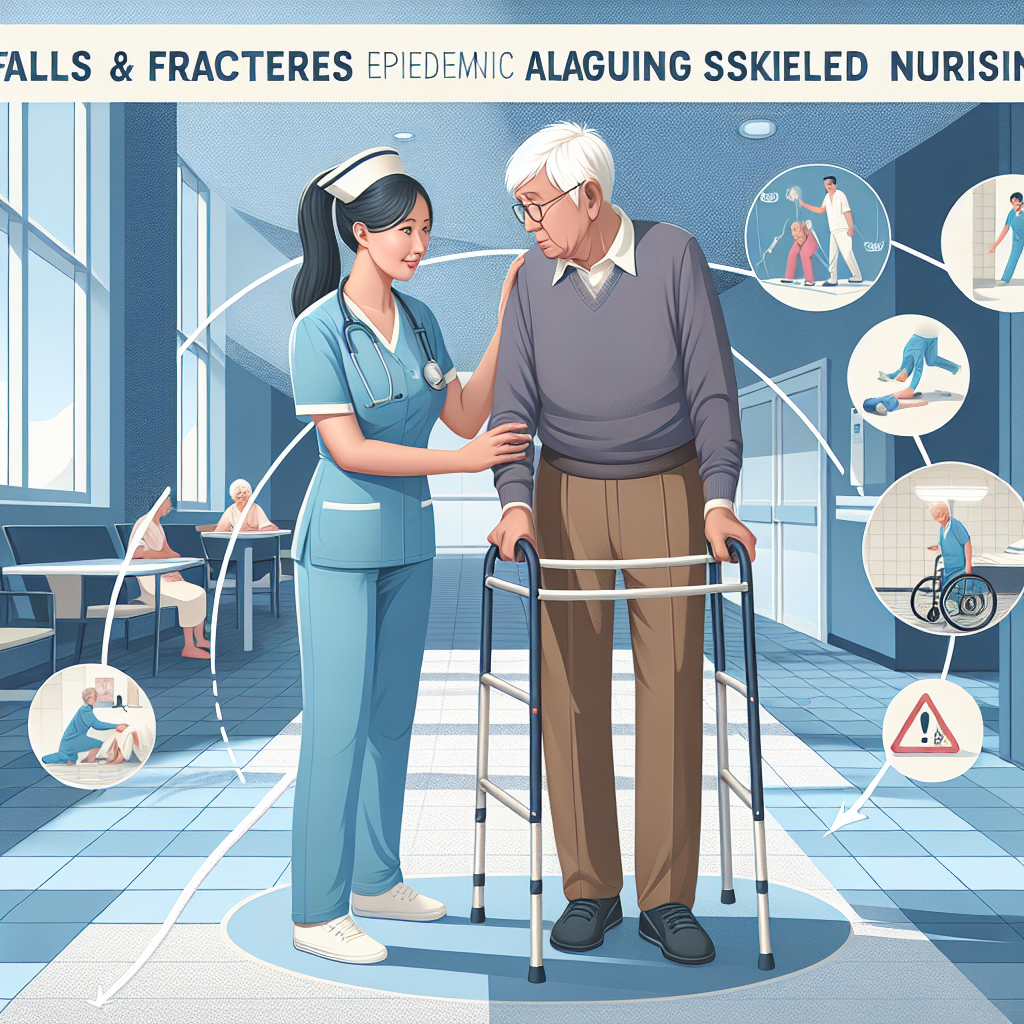New York, NY—In the realm of skilled nursing facilities across the United States, a preventable epidemic is silently wreaking havoc, not through infectious disease, but through falls and fractures that significantly impact the elderly population they serve. Each year, an estimated 1.5 million residents in these care settings suffer from fall-related injuries, underscoring a crisis that calls for immediate attention and action.
The consequences of falls among the elderly are severe and multifaceted, leading not only to physical injuries such as fractures, cuts, and bruises but also to a substantial decrease in their quality of life. More alarming, however, is the psychological toll, often manifesting as a fear of falling that can lead to decreased mobility and physical activity, further exacerbating the risk of subsequent falls and a decline in overall health.
“Falls are not an inevitable part of aging, yet they are the leading cause of both fatal and nonfatal injuries among the elderly in skilled nursing facilities,” states Dr. Andrea Fisher, a geriatrician specializing in fall prevention. The sentiment echoes a growing consensus among healthcare professionals that with proper risk assessment, environmental adjustments, and targeted interventions, many of these incidents can be prevented.
A crucial aspect of addressing this epidemic involves understanding its risk factors, which include muscle weakness, balance issues, medications that affect alertness or cognitive function, and environmental hazards like poor lighting or slippery floors. Armed with this knowledge, skilled nursing facilities can implement multifaceted intervention strategies tailored to their residents’ needs.
Examples of successful interventions include strength and balance training exercises, medication reviews to ensure prescriptions do not inadvertently increase fall risk, and environmental modifications such as installing grab bars and improving lighting. Moreover, fostering a culture of safety among staff and residents alike plays a vital role in prevention efforts.
Despite the high incidence of falls and the awareness of their preventability, translating knowledge into action remains a challenge. Funding limitations, staffing shortages, and a lack of standardized protocols are but a few of the obstacles that facilities face in their fight against this epidemic.
The stakes are high, as the cost of falls extends beyond the immediate medical expenses. The CDC estimates that in 2015, the total cost of fall injuries was $50 billion, and with the aging population, these costs are projected to rise. Beyond the economic impact, the human cost in terms of pain, disability, and loss of independence is incalculable.
As the country grapples with an aging population, the need for comprehensive, concerted action to prevent falls in skilled nursing facilities has never been more urgent. It is a call to arms for healthcare providers, policymakers, caregivers, and the community at large to invest in proven strategies that not only safeguard the health and well-being of our elderly population but also preserve their dignity and quality of life. This is not merely a healthcare issue but a societal imperative.


